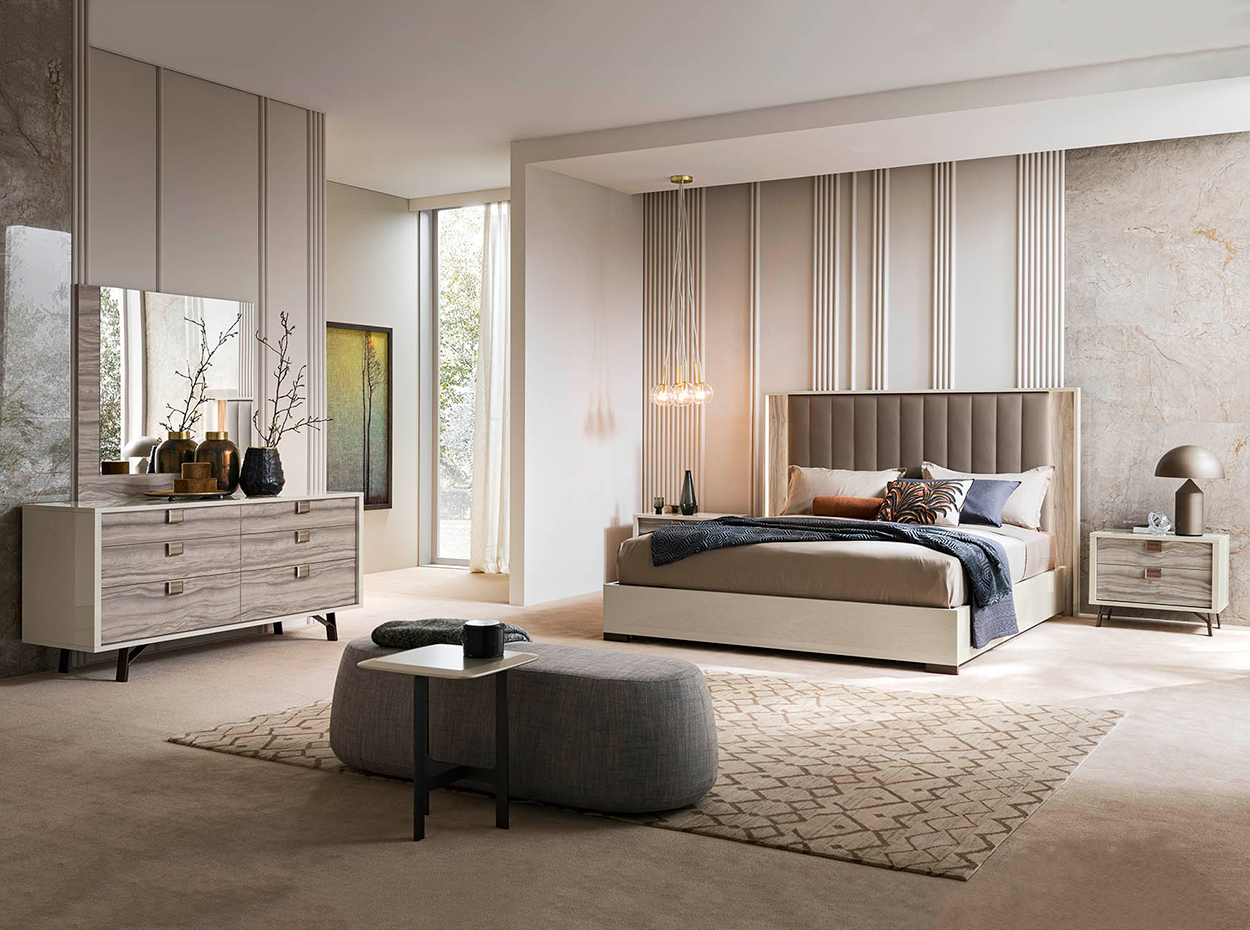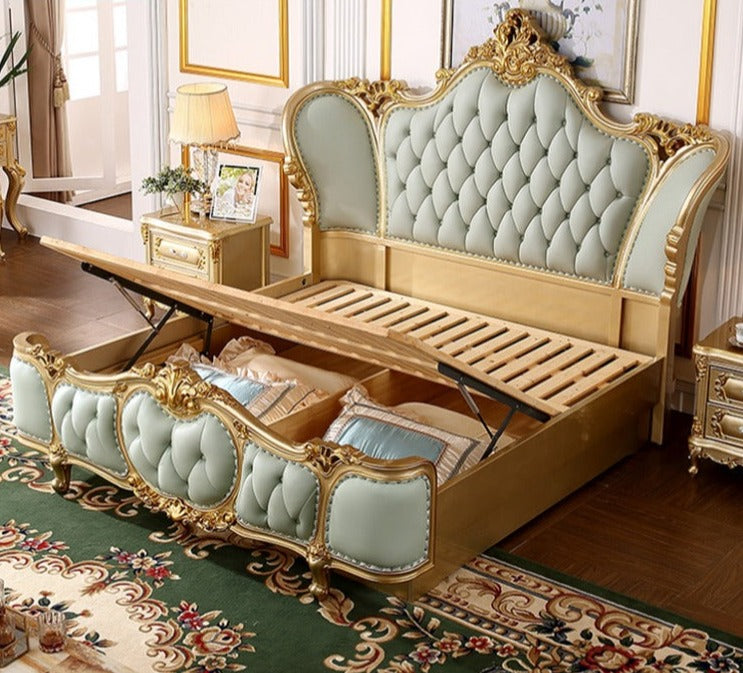A Comprehensive Guide to Picking the Perfect Wooden Furnishings for Your Interior Layout Needs
Picking the optimal wooden furniture for your interior layout needs a cautious analysis of numerous aspects, consisting of timber types, styles, and the desired capability of each item. By understanding the distinctions in between hardwoods and softwoods, as well as thinking about how each item integrates with your existing decor, you can produce a harmonious atmosphere.
Comprehending Different Wood Kinds
When selecting wooden furnishings, recognizing the numerous kinds of wood is essential for making informed choices that align with both aesthetic choices and practical demands (Live Edge Tables New York). The choice of wood substantially affects the furniture's durability, appearance, and overall capability
Hardwoods, such as maple, cherry, and oak, are understood for their stamina and durability, making them perfect for high-use things like dining chairs and tables. Oak, for example, provides a timeless look with its popular grain and is immune to wear, while maple gives a smooth, clean coating appropriate for modern-day designs.
Softwoods, consisting of yearn, cedar, and fir, are lighter and frequently extra inexpensive. Pine is frequently utilized for farmhouse-style or rustic furniture because of its warm tone and ease of modification. Cedar, with its natural resistance to decay, is usually favored for outdoor furnishings.
Furthermore, engineered woods, such as plywood and MDF, deal versatility and cost-effectiveness. While they may not possess the very same aesthetic charm as strong timber, they offer superb security and can be ended up to imitate the appearance of natural wood. Recognizing these distinctions can direct customers in selecting furniture that satisfies both their design and functional needs.
Evaluating Style and Visual Appeal

Next, assess the shade palette of your insides (Live Edge Dining Table New York). Lighter timbers, such as maple or birch, can produce an airy, contemporary feel, while darker woods like mahogany or walnut might evoke a feeling of warmth and elegance. Take note of the grain patterns, as these can enhance the aesthetic interest of the furnishings

Thinking About Capability and Room
Performance and space are critical factors to consider in the choice of wooden furniture, as they directly impact both the usability and total circulation of a space. When assessing furnishings options, it is vital to assess how each item will offer its intended Visit Website objective while balancing with the offered area - Live Edge Dining Table New York. As an example, an eating table should fit the dimension of the dining location and the number of passengers, making certain that it does not bewilder the area or restrain movement.
Moreover, think about the scale and percentage of each product in connection with the area's dimensions. Oversized furnishings can create a busy environment, while small items might fail to offer sufficient capability. Choosing multi-functional furniture, such as storage footrests or extendable tables, can maximize utility without endangering aesthetic appeals.
In addition, the arrangement of furniture should promote ease of navigation throughout the space. Leave sufficient clearance around each piece to advertise a comfortable flow, especially in high-traffic areas. By very carefully taking into consideration functionality and space, you can select wooden furniture that improves both the functionality and aesthetic allure of your indoor style, inevitably developing an unified living setting.
Upkeep and Treatment Tips
Choosing the ideal wooden furniture goes beyond simply capability and room; it likewise needs a commitment to maintenance and treatment to guarantee longevity and visual appeal. Proper upkeep not just protects the structural honesty of the furniture however also boosts its visual beauty gradually.
Begin by regularly cleaning your wood pieces with a soft, lint-free towel to get rid of dust and avoid accumulation. For much deeper cleaning, make use of a moist cloth with a mild soap option, ensuring you completely dry the surface instantly to avoid dampness damages. It's important to prevent extreme chemicals and rough products, as they can remove the finish and mar the wood.
In addition, consider applying a top quality timber gloss or wax every few months to nourish the timber and maintain its sheen. This layer of security can additionally assist guard versus spills and click site scrapes. Bear in mind ecological elements; avoid placing furnishings in direct sunshine or near heat sources to avoid bending and fading.
Lastly, promptly attend to any kind of spills or spots by blotting them delicately instead than rubbing, which might further harm the coating. With these upkeep methods, your wood furniture will certainly continue to be a useful and lovely asset in your home for several years to find.
Budgeting for Wooden Furniture
Budgeting for wood furniture needs careful consideration and planning to guarantee that your financial investment straightens with both your aesthetic aspirations and financial capabilities. Begin by identifying your general budget plan, factoring in both the expense of the furniture and any extra costs such as assembly, maintenance, and shipment.
Next, prioritize your requirements versus wants. Identify key pieces that will serve useful functions in your area, such as table, chairs, or storage space options. Consider the style and quality; strong wood furnishings generally regulates a greater price but offers long life and toughness.
Research study different brands and sellers to compare prices and workmanship. Keep an eye out offer for sale, discount rates, and clearance items, which can offer significant financial savings without jeopardizing quality. In addition, think about buying from local craftsmens or small organizations, as they might provide one-of-a-kind styles at affordable prices.
Verdict
To conclude, selecting the best wood furniture calls for a detailed understanding of wood types, designs, and performance. Focusing on resilience, appearances, and area considerations will make sure the chosen items improve the total interior decoration. Routine upkeep is necessary to preserve the appeal and long life of wooden furniture. Furthermore, adhering to a distinct spending plan will this article assist in enlightened decision-making, ultimately resulting in a harmonious and practical living atmosphere that mirrors specific preferences and boosts overall design.

In final thought, picking the ideal wood furniture calls for a detailed understanding of wood types, designs, and functionality.